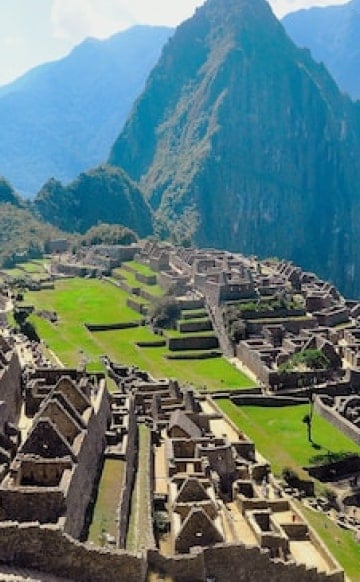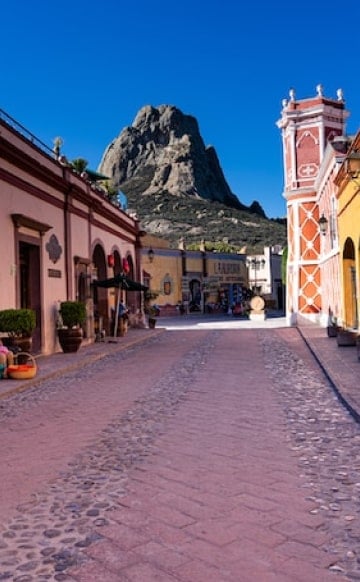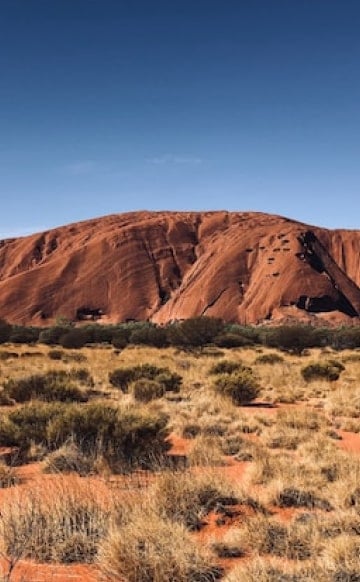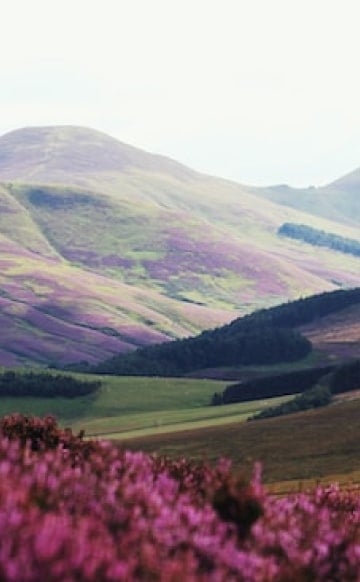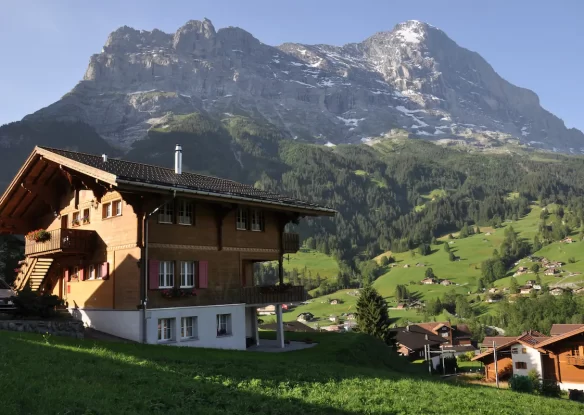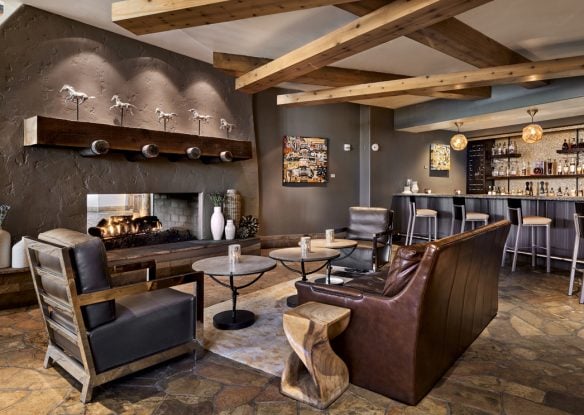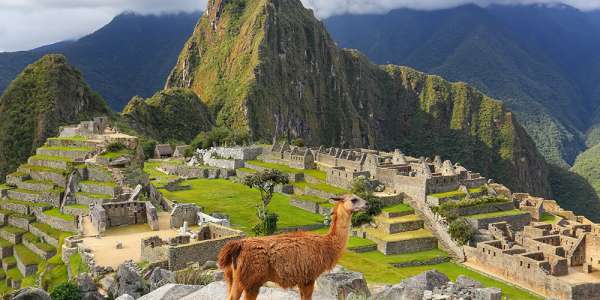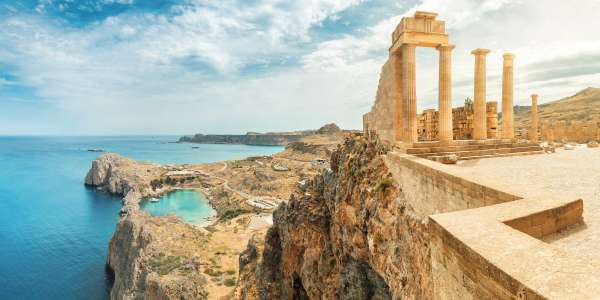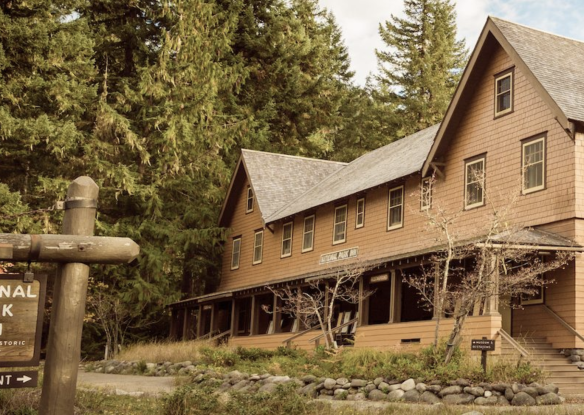With fascinating ghost towns, Wild West districts, and ornate Victorian mansions, Arizona is a history buff’s nirvana. Take a step back in time in places like the historic mining town of Bisbee or experience the Wild West in Tombstone, then get up close to local wildlife in the historic town of Oatman. Looking for adventure? These are the state’s very best towns to visit for exploring history.

Bisbee, Arizona
This historic mining town turned funky artists’ haven with creative works of art found around nearly every corner, is tucked within the Mule Mountain. Bisbee has an especially rich history, lots of quirky characters, and, it’s also known as one of the most haunted towns in America. Be sure to take the Queen Mine Tour, where you’ll don a hard hat and ride on an ore track into an underground mine that was operating as late as 1975. For anyone interested in history and the paranormal, the Old Bisbee Ghost Tour is a must too.

Jerome, Arizona
Jerome, founded in the late 19th century on Cleopatra Hill overlooking Verde Valley, once boomed with 15,000 people, mostly made up of those who were looking to strike it rich. Its heyday was supported by rich copper mines that made it once the fifth largest town in Arizona. The depression marked the end of the good times, with the mines finally closing in the early 1950s. Re-opening it as America’s largest ghost city arguably saved it from complete extinction. Today, Jerome is a state park with a population of just over 400. Small shops line the streets along with ruins from its past, like the famous traveling jail. You’ll also find actors and historians wandering the streets, recreating the town’s glory days.

Tombstone, Arizona
Once a wild-west frontier town known as the town “too tough to die,” Tombstone is a great place to relive the days of the Old West as the spot where the legendary gunfight at the O.K. Corral took place in 1881 – a 30-second gunfight pitting the Earp brothers and Doc Holliday against Billy Clanton and the McLaury brothers. If you don’t recall who won, find out more by paying a visit yourself. You can almost hear the gunfire, the sounds of the saloons and the buckboards clip-clopping down the dirt streets.

Ruby, Arizona
Ruby is a mining camp that started back in the 1870s when a rich vein of silver was discovered. Located about 50 miles southwest of Tucson and just four miles north of the Mexican border, it’s surrounded by the Coronado National Forest in an area filled with an abundance of wildlife, rugged mountains, and semi-arid deserts. Ruby offers a fascinating glimpse at history around the turn-of-the-century in a mining camp, as the mining company left behind equipment and buildings that supported the operation of Montana Mine, which closed in 1940. The miners and their families left behind their one-room school, the playground, a mercantile and their vision of everyday life.

Pearce, Arizona
Pearce is another old mining town that was once home to a population of around 1,500 in the early part of the 20th century but was ultimately g abandoned in the 1940s. Lying in the picturesque Sulphur Springs Valley between Douglas and Willcox, it was one of Arizona’s major silver producers between 1895 to 1942. It’s home to two properties on the National Register of Historic Places, the 1896 Old Pearce General Store and Our Lady of Victory Catholic Church, circa 1916. A number of other historic adobe and frame structures, some of which are intact, and others in ruins, are scattered throughout this now ghost town.

Yuma Territorial Prison - Yuma, Arizona
Visiting the Yuma Territorial Prison is a must for any history enthusiast who will be in or near Yuma. This living museum of the Old West provides a glimpse of convict life in the Southwest 100 years ago, as the spot where over 3,000 desperadoes, convicted of crimes ranging from polygamy to murder, were imprisoned in rock and adobe cells here during the prison’s 33-year existence between 1876 and 1909. The cells, main gate, and a guard tower are all still standing. The entrance of the famous prison was shown in many western movies, with the bad guys ending up going in or coming out the main gate. Closed since 1909, the prison is now run as a state historical park.

Oatman, Arizona
A must-stop on a Route 66 road trip, Oatman is another former mining town that offers the chance for visitors to experience the Old West as pictured in so many cowboy films. While it’s a ghost town, in recent years it’s taken on new life as a popular tourist attraction. Wild donkeys roam the streets in search of “treats,” the carrots that are purchased from one of the numerous carrot stands, and a number of the town’s original buildings remain, most notably the Oatman Hotel, the same hotel where Clark Gable and Carol Lombard spent their wedding night. While it’s no longer in use, the room where the Hollywood stars stayed is on the second floor, with their portraits hanging over the bed, looking like it did when they were here back in 1939. The hotel is also considered a paranormal hot spot with a resident ghost known as “Oatie.”

Douglas, Arizona
Douglas is a small border town that has more than 100 years of rich history with a number of interesting places to visit, including Hotel Gadsden, which sits at its center. One of the southwest’s most legendary hotels, it dates back to 1907 and hosts a gorgeous Italian marble lobby and a magnificent Tiffany stained glass window. It’s also home to the Grand Theatre, an impressive Beaux Arts-style theater once considered the grand dame of the region, playing host to vaudeville acts and performances by the likes of Ginger Rogers, Al Jolson and a number of the period’s other finest musicians and entertainers. Douglas also hosts the first international airport in the country, During the Second World War, pilots were trained at the Bisbee/Douglas Airfield for future combat missions. Amelia Earhart was one of many famous aviators to fly to Douglas during a cross-country trip. Today, visitors can check out the air museum which showcases a collection of aeronautical photos, a custom airplane, and other aviation memorabilia.

